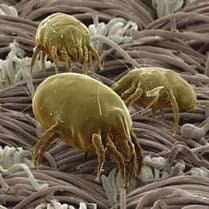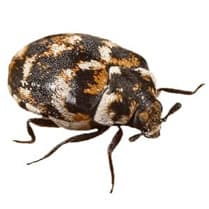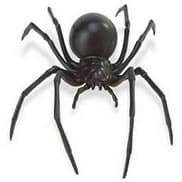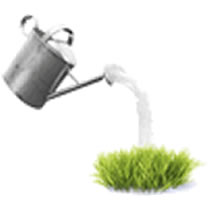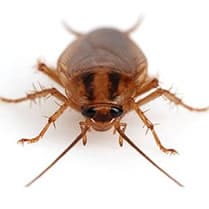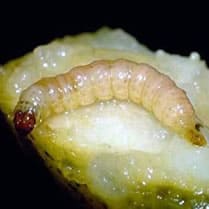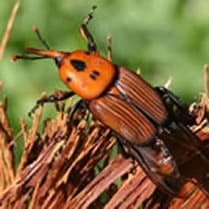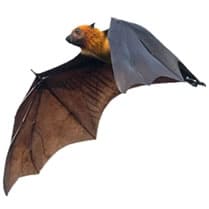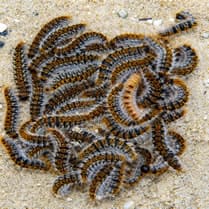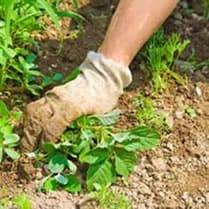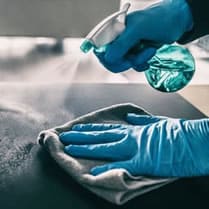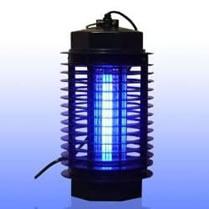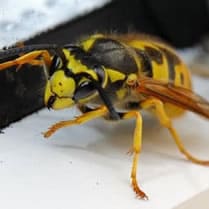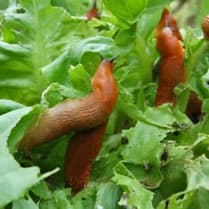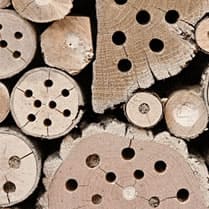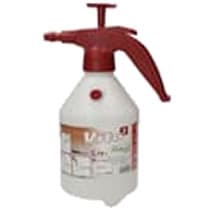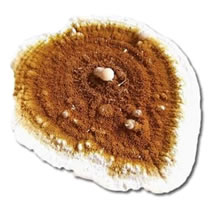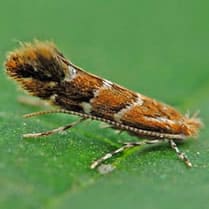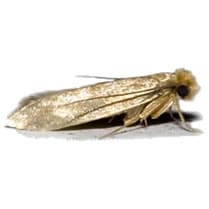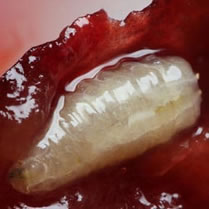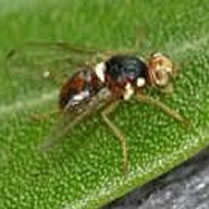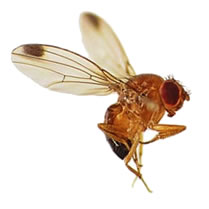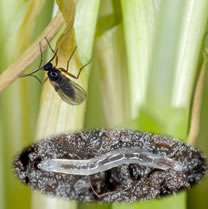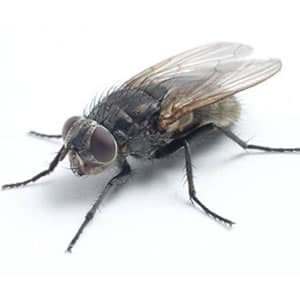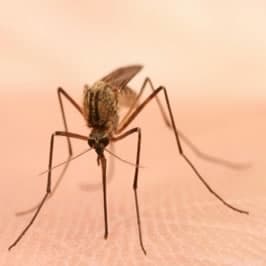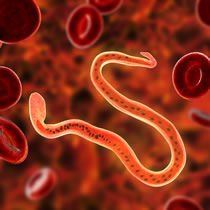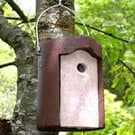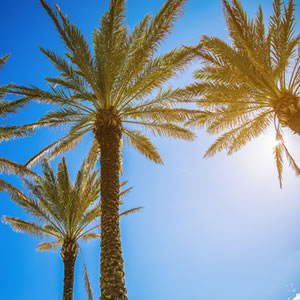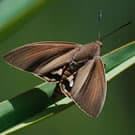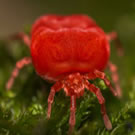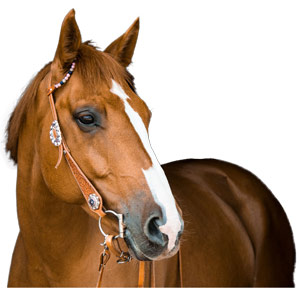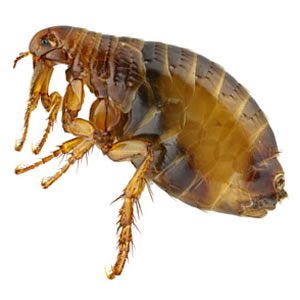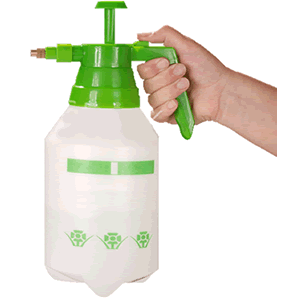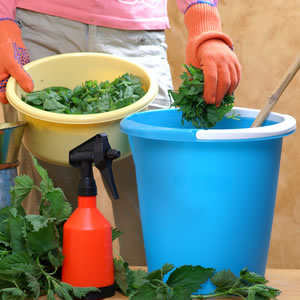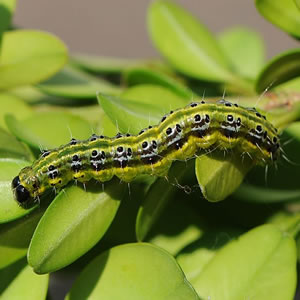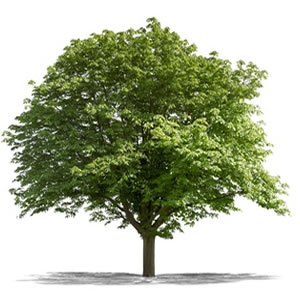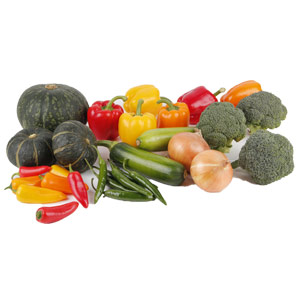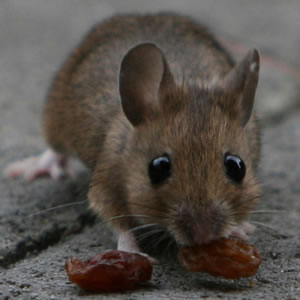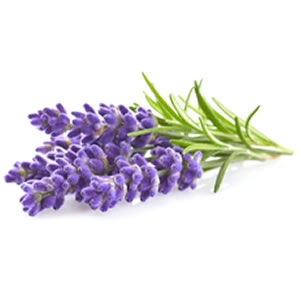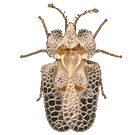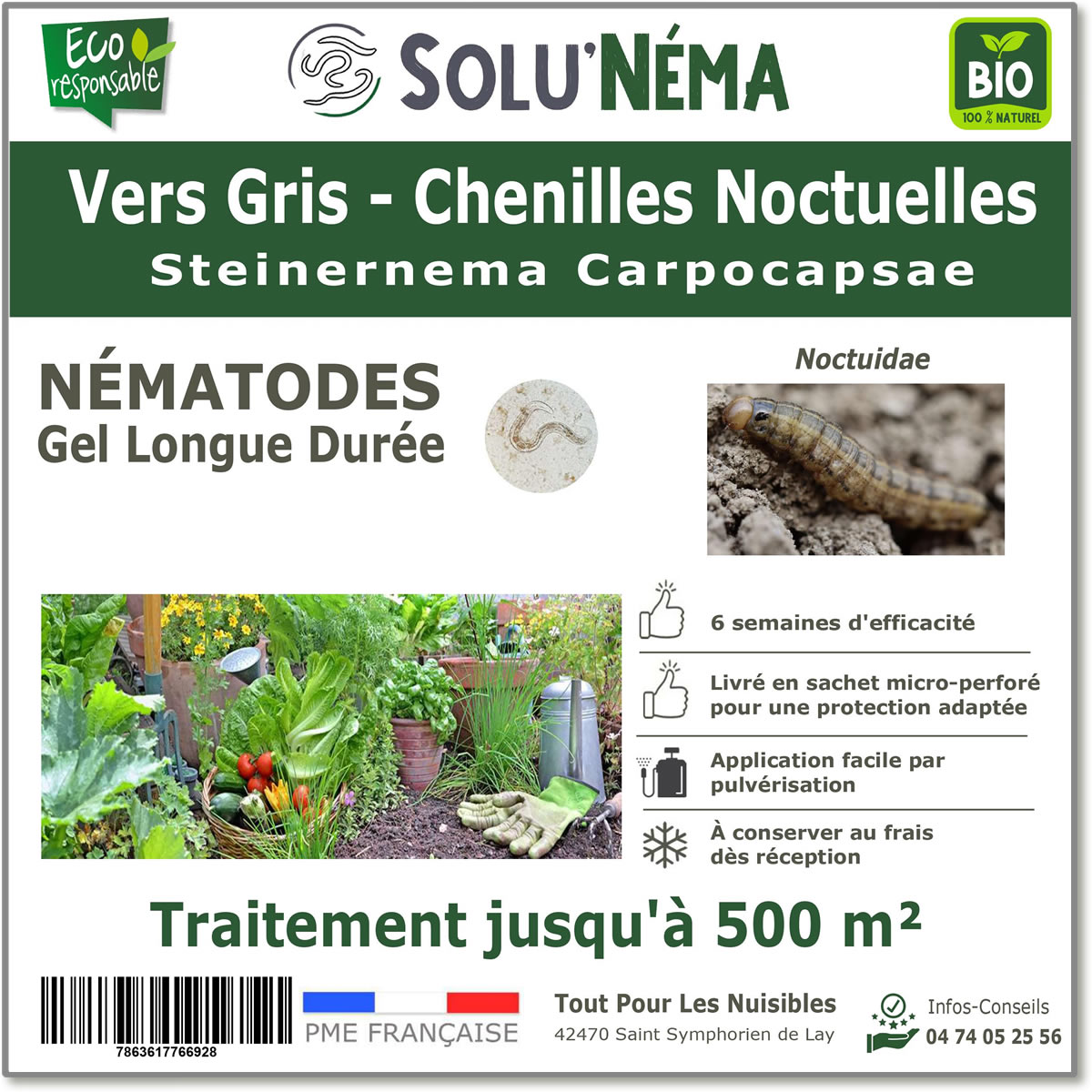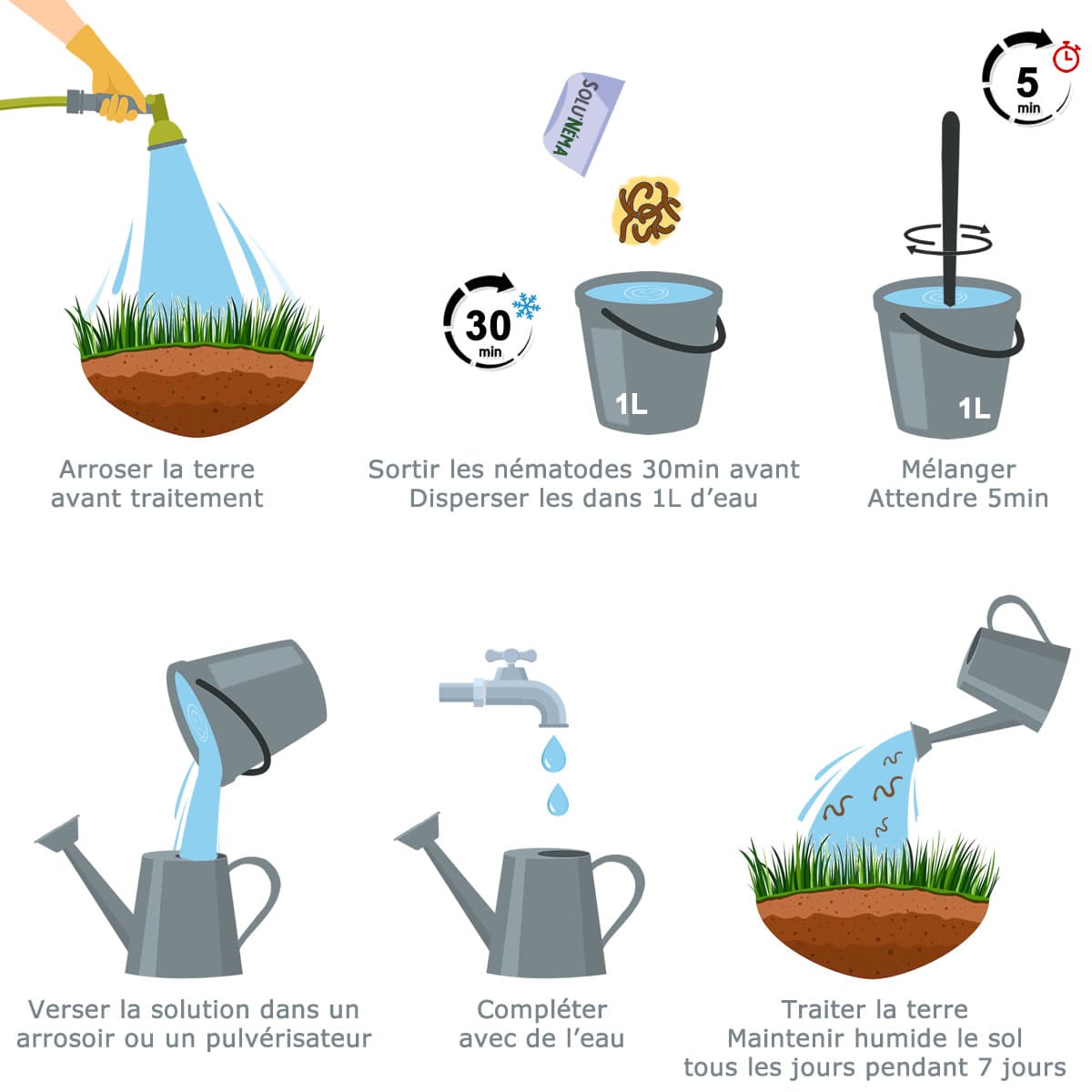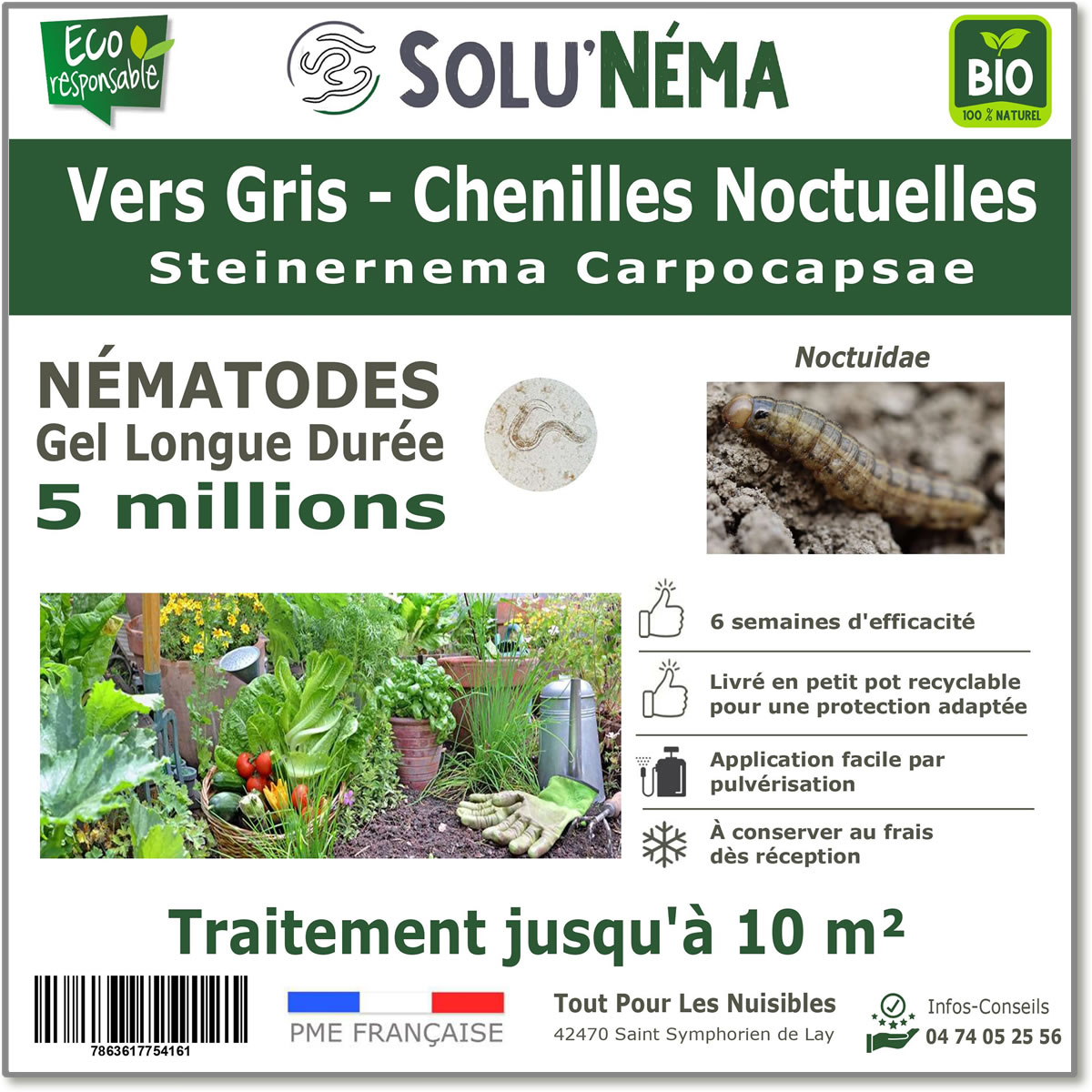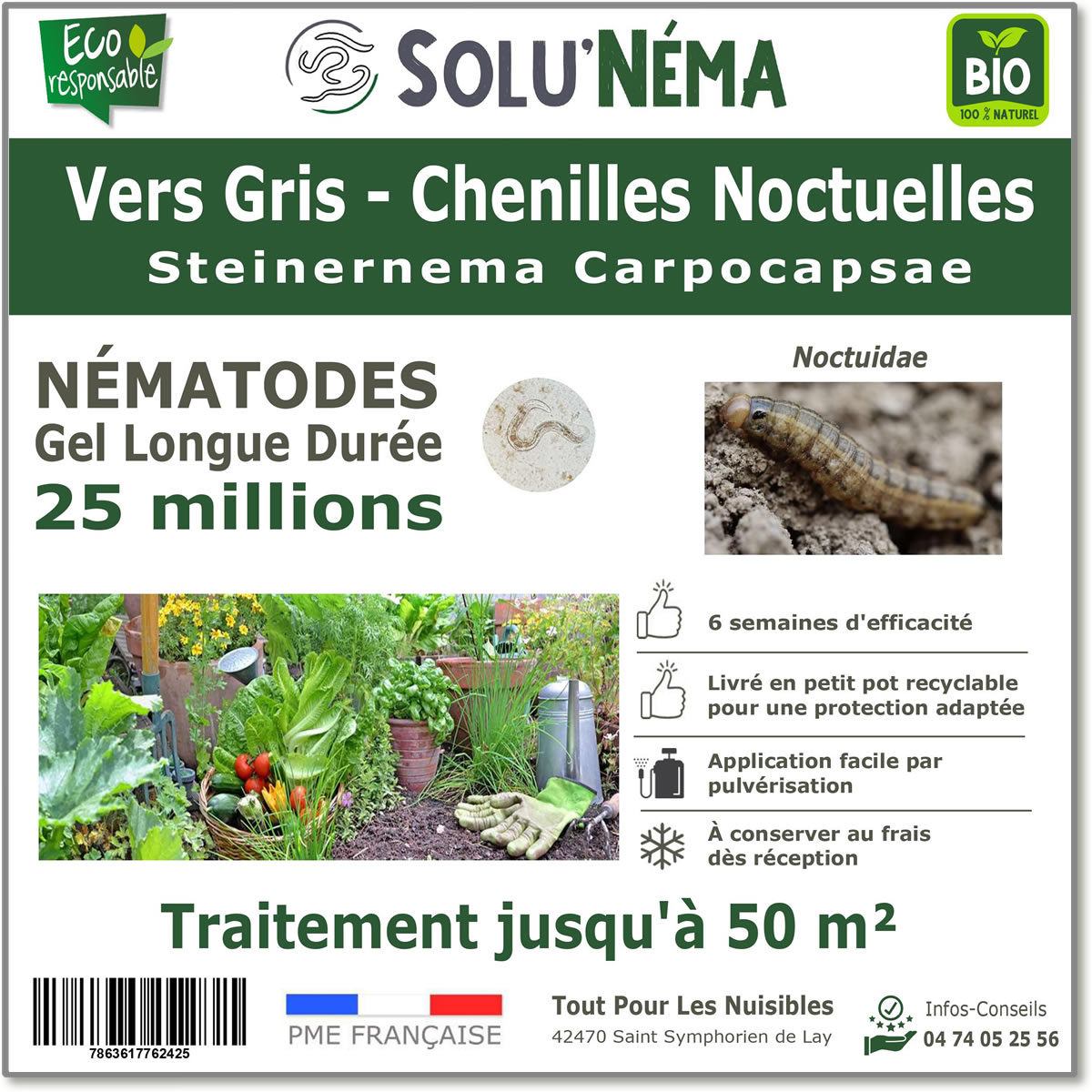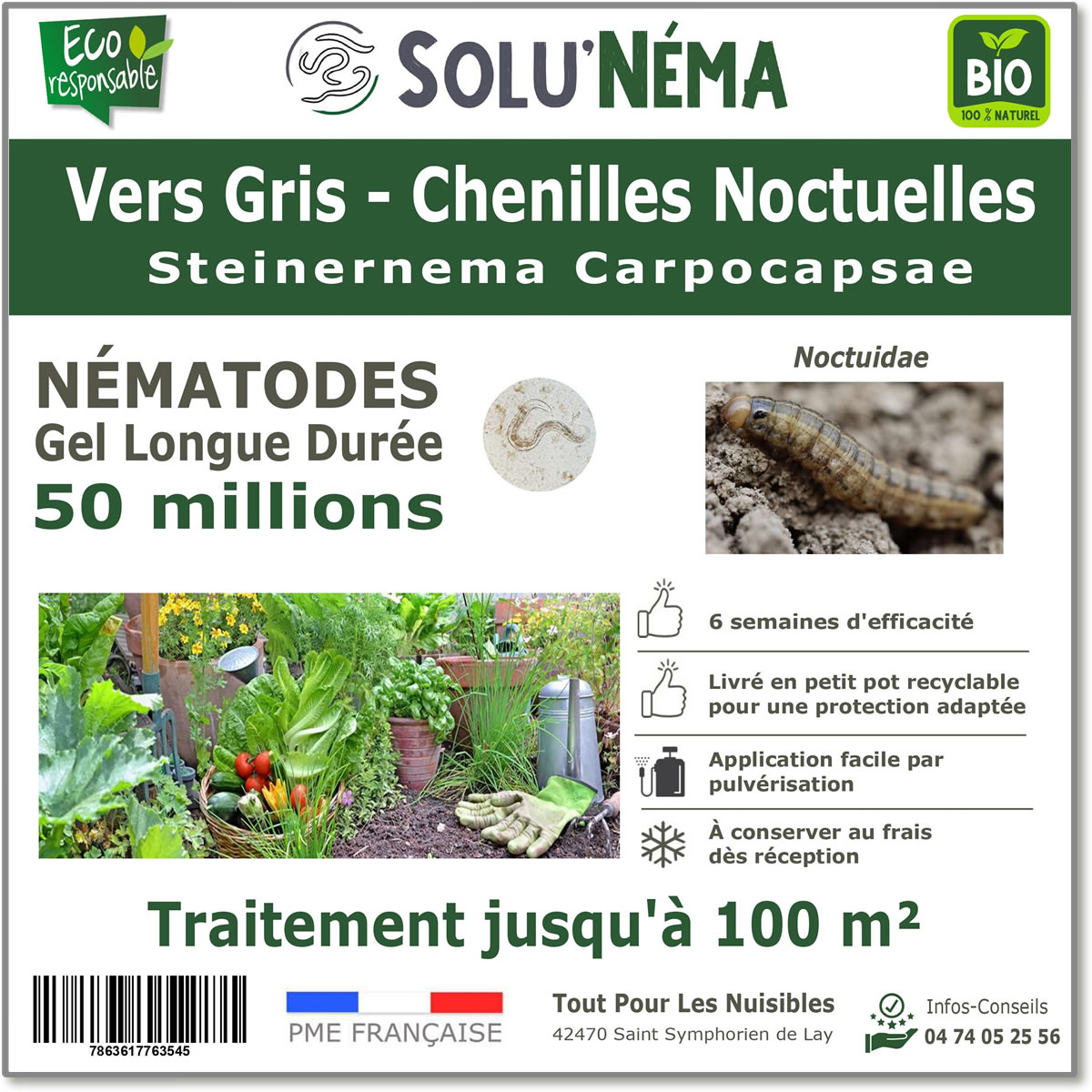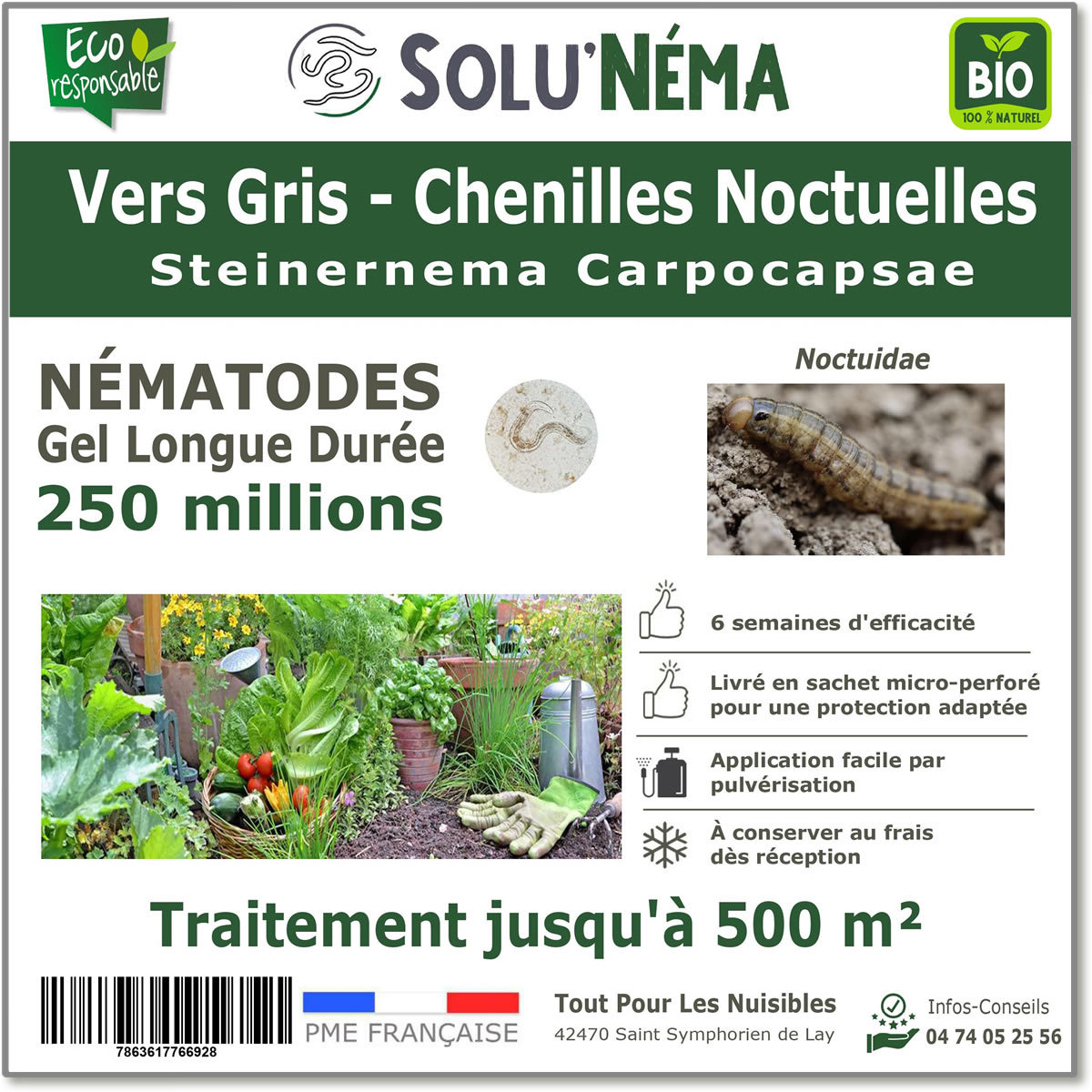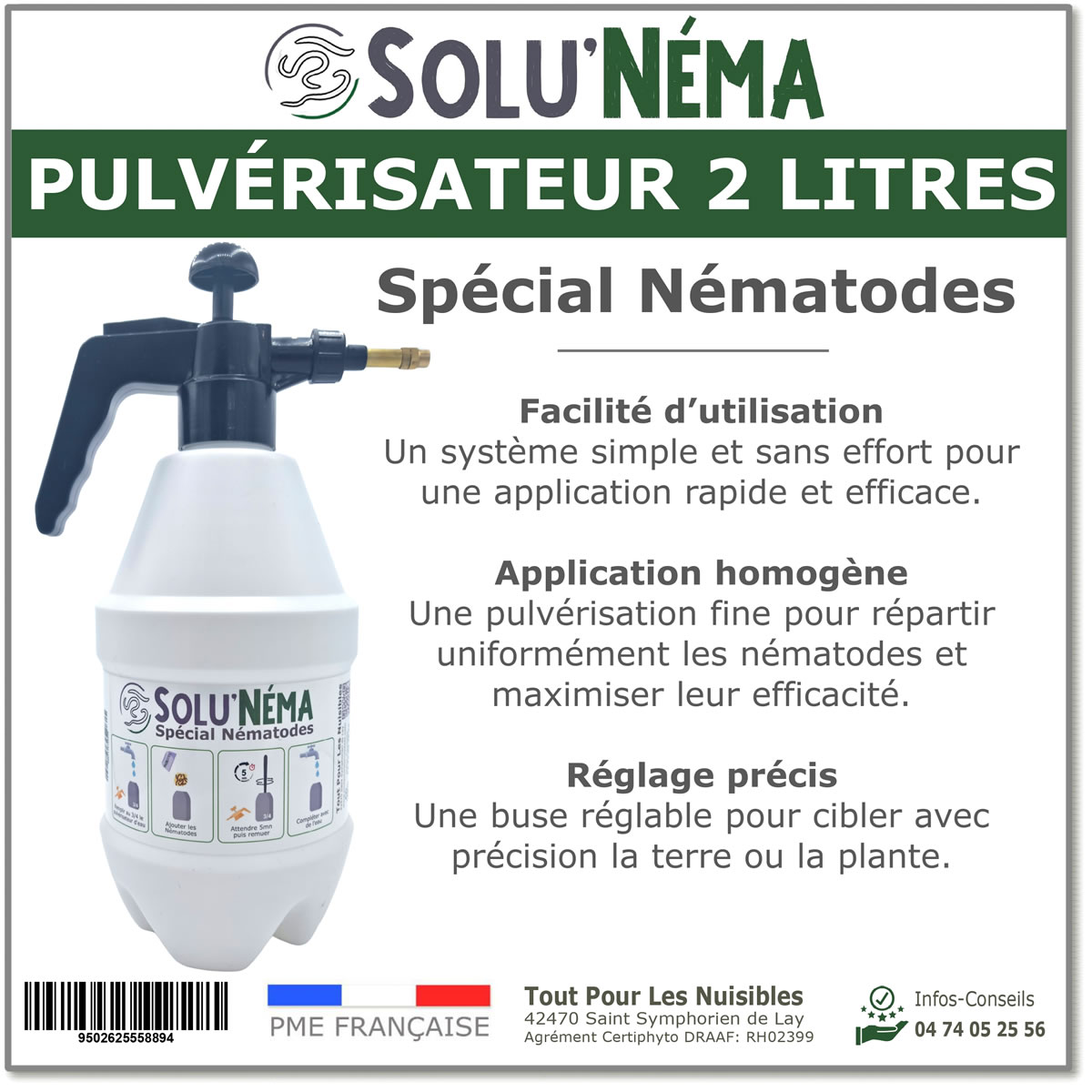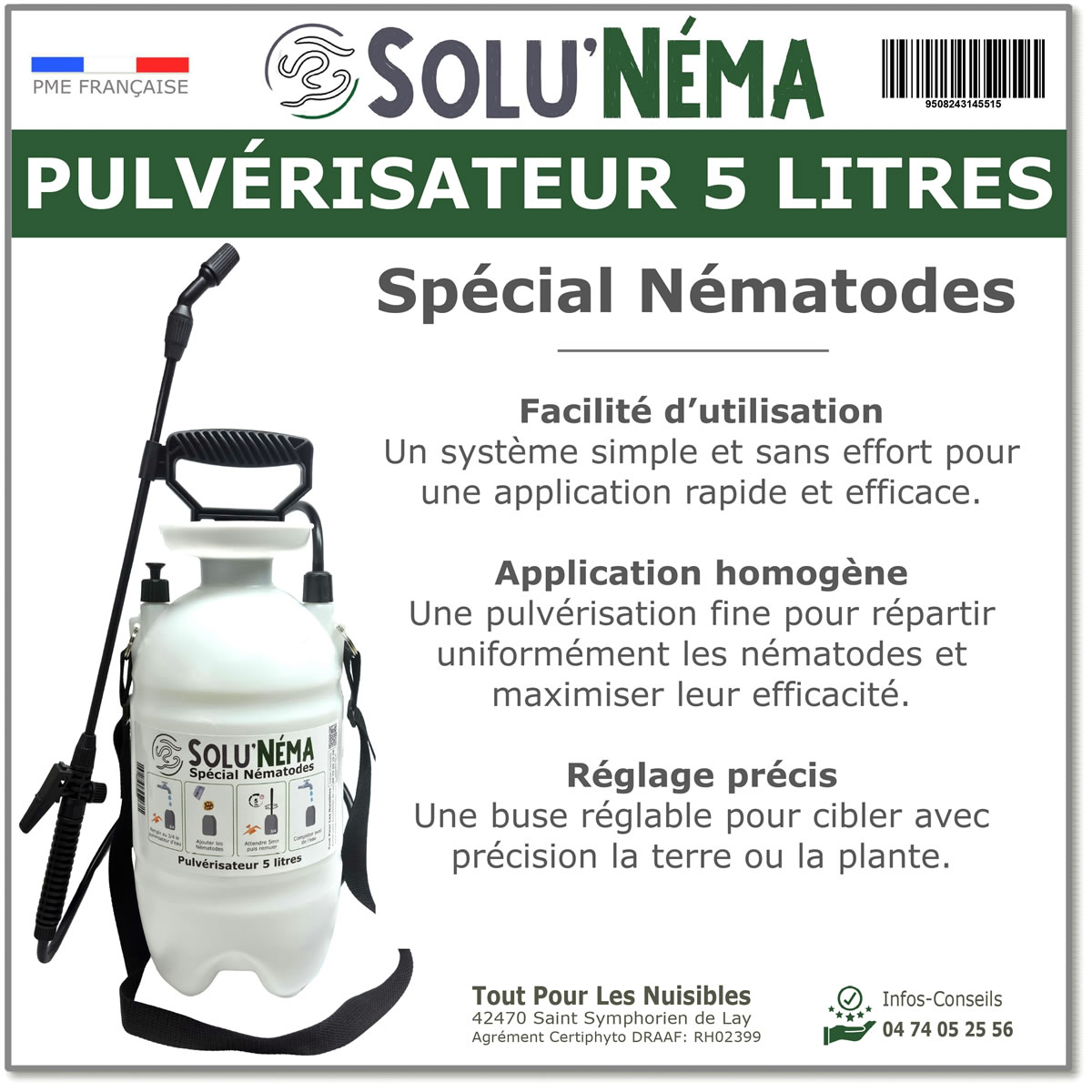SOLUNEMA - Grubs - Nematodes (SC)
Treating cutworms - moth caterpillars
Steinernema Carpocapsae nematodes for the biological treatment of cutworms (cutworms)
- Available from 5 to 250 million Steinnernema Carpocapsae (SC) nematodes
From 9.90 €
Biological treatment with nematodes (SC) against cutworms (moth caterpillars)
Cutworms, also known as moth caterpillars, are harmful insects belonging to different species of moths. These caterpillars feed on various plants, causing considerable damage in gardens and crops.
Cutworms have a fleshy, cylindrical body, usually dark gray or brown in color. They can measure from a few centimeters to several centimeters in length, depending on the species. The caterpillars move at night and usually hide during the day in the ground, under leaves or in other plant shelters.
The damage caused by cutworms is mainly due to their voracious appetite. The caterpillars feed on the leaves, stems, flowers and even the roots of plants. They may nibble on leaves down to the midrib, leaving behind chewing marks and shredded leaf pieces. Infested plants may appear defoliated, weakened and may even die if the infestation is severe.
Cutworms are known to be polyphagic, which means they can attack many plant species, including vegetables, flowers, fruit trees and ornamentals. Their life cycle includes several stages of development, ranging from egg to caterpillar, then to nymph and finally to adult butterfly.
How to use nematodes to treat white grubs?
1. Identify the problem
Signs of cutworms are often visible on plants. Caterpillars feed on leaves, stems and flowers, leaving chewing marks, shredded leaf pieces and sometimes droppings. Infested plants may appear defoliated, weakened and may even die if the infestation is severe. The presence of cutworms can vary depending on the species and plants affected. Moth caterpillars usually hide in the ground, under leaves or in other plant cover during the day, which makes their detection more difficult. However, it is possible to spot their presence by carefully examining the affected parts of the plants and looking for the caterpillars themselves.
2. How much to treat?
The most common treatment time is usually in the spring and fall, when the cutworm caterpillars are most active. It is recommended to apply the nematodes at the beginning of these seasons, when the caterpillars are still small and more susceptible to infection by the nematodes.
3. Preparation of nematode solution
Begin by diluting the entire sachet of nematodes in a small container of clean water at room temperature. Mix well, any lumps are not very serious. Then, pour this preparation into a watering can or sprayer and add 10 liters of water at room temperature (between 15°C and 25°C). Mix again.
4. Application by spraying or watering nematodes
Make sure the soil is slightly moist before applying the nematodes. This will make it easier for them to move and find the cutworms. Use a watering can or sprayer to spread the nematode solution over the infested area or the entire surface of the garden.
5. Continue watering
Nematodes need a moist environment to survive. To maintain their effectiveness, continue to regularly water the crop lightly. Nematodes need moisture to move through the soil and find cutworms.
6. Monitor results
Steinernema Carpocapsae nematodes work by infecting cutworms and killing them inside their bodies. You should see a gradual decrease in the cutworm population over time. Carefully monitor the condition of the plants to assess the effectiveness of the treatment. If necessary, you can repeat the application of the nematodes to ensure complete control of the infestation.
How do nematodes work?
Nematodes move through the soil in search of larvae to parasitize them.
When they find them, they naturally enter the larva and release symbiotic bacteria. These bacteria transform the tissues into assimilable nutrients allowing the nematodes to feed, grow and reproduce. This kills the cutworm within days of infection.
Composition
86% Steinernema Carpocapsae. 14% biodegradable inert carrier
IMPORTANT
- Store cool at 4-6°C (do not freeze) in the refrigerator after receipt until use and protected from light.
- Bring to room temperature for 30 minutes before use.
- To be used as soon as temperatures are above 10° C
- Use early morning or late evening to avoid UV, as nematodes are UV sensitive.
- Keep the soil slightly moist and not soaked for at least 15 days after the treatment.
- Nematodes are not necessarily afraid of heat (<30°C), keeping them cold only aims to plunge them into cryptobiosis, thus keeping them in a state of lethargy.
- At room temperature, the nematodes continue their development. On the other hand, without "food", they will eventually die of "starvation" after about a week.
- Spraying: Remove the filters, use a nozzle with a diameter > 0.5 mm (35 mesh), prefer a high-flow hollow "conical jet" type nozzle.
- Do not keep the solution once diluted in water, the nematodes would eventually die of asphyxiation.
See this product sheet
See this product sheet
See this product sheet
See this product sheet
See this product sheet
See this product sheet
See this product sheet


